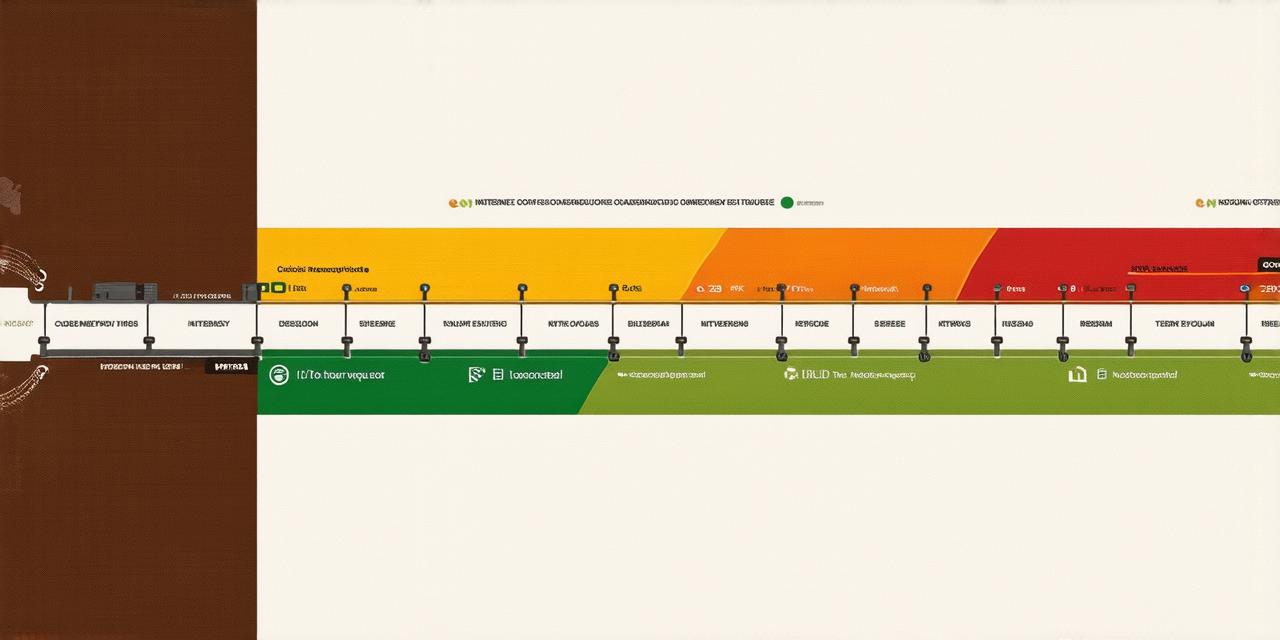As a web developer, you’re well aware of website cookies – small text files that store data on a user’s device. But have you ever wondered where these requests come from and how they affect user experience? In this article, we’ll explore the origin of website cookie requests and how to optimize them for better user experience.
What are Website Cookies?
Website cookies are small text files that are stored on a user’s device when they visit a website. These cookies contain information such as login credentials, preferences, and search history. They help websites personalize the user experience by saving their preferences and settings, making it easier to navigate and use the site in the future.
Origin of Website Cookie Requests
The concept of website cookies dates back to the early days of the internet. In 1987, British computer scientist Sir Tim Berners-Lee first proposed a system for tracking user activity on a website by storing data on their device. This idea laid the foundation for the development of modern-day cookies.
Since then, website cookies have evolved and become an essential part of web design. Today, they are used to improve user experience, track user behavior, and personalize content. However, with great power comes responsibility – website cookie requests can also be seen as an invasion of privacy, and users may be hesitant to allow websites to track their online activity.
Optimizing Website Cookie Requests for Better User Experience
To optimize website cookie requests, it’s important to strike a balance between personalization and privacy concerns. Here are some tips:
-
Be Transparent
-
Limit Data Collection
-
Set Expiration Dates
-
Use First-Party Cookies
-
Optimize Performance
-
Conduct User Research
-
Follow Best Practices

Case Studies: Website Cookie Requests in Practice
Let’s look at some real-life examples of how website cookie requests can be optimized for better user experience.
1. Amazon
Amazon is a prime example of a website that uses cookies effectively to improve the user experience. When users visit the site, they are presented with a cookie consent pop-up that explains the purpose of cookies and gives them the option to accept or reject them. Amazon also sets expiration dates for its cookies and uses first-party cookies to personalize the user experience.
2. Netflix
Netflix is another website that uses cookies effectively to improve the user experience. When users visit the site, they are presented with a cookie consent pop-up that explains the purpose of cookies and gives them the option to accept or reject them. Netflix also sets expiration dates for its cookies and uses first-party cookies to personalize the user experience.



